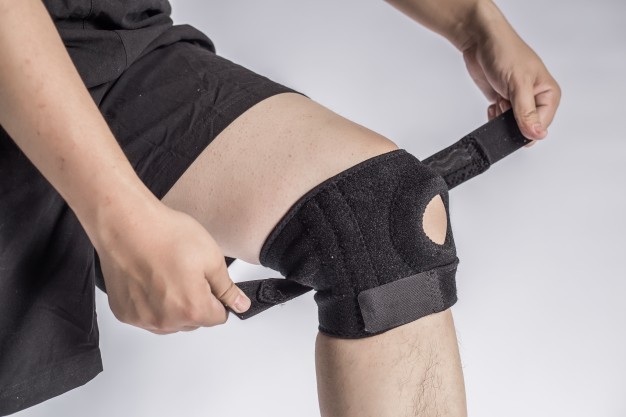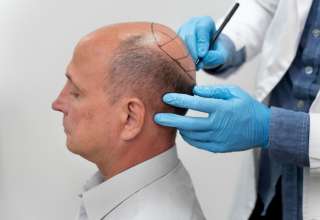As a veterinarian or a veterinary technician, if you are thinking of learning a new clinical procedure and adding it to your existing list of practices, the first program you should look into is Luxating patella dog surgery training course.
Patella luxation is a common orthopedic condition observed in dogs. Though it can affect any dog breed, smaller canines are more at risk for this disease. It causes intense pain as the kneecap of a dog gets dislocated in this condition. Surgery is the best treatment to eliminate the problem and provide pain relief.
If you complete the patella surgery training course, you will help dogs suffering because of this condition and widen your scope of practice.
How To Enroll & Qualify?
Add additional skills and level up your practice with a Luxating patella dog surgery training course. It is a veterinary continuing education course specially designed to teach new clinical procedures.
You can enroll in online courses offered by qualified specialist surgeons with good experience and reputation. Check if the courses they offer are CE-approved and whether they will contribute to the CE credit hours that you require.
Check the course overview; look for learning materials that they offer, and sign up for it. Once you complete the course, your qualification and certification will be based on your CE credits. You can keep your credentials up to date and current with the CE-approved courses.
Patella Surgery Training Course Overview
You can enroll in online courses where the program is split into different modules for ease of learning. Ensure that the program you choose is reviewed and approved for CE credits by the AAVSB’s Registry of Approved Continuing Education (RACE) program if you are in a jurisdiction that requires its approval.
If not, you can sign up for a CE-approved course.
Though the number of modules can differ based on the institute that you enroll in, four essential parts of the program cover every aspect of the patella surgical procedure. Here are the different parts of courses and what each part entails.
Part 1
The first part of the course may broadly discuss diagnostic tips, pathoanatomy, and client education. Starting with what determines whether the patella tracks normally or luxates, the module usually moves on to a discussion about breeds at risk for MPL (medial patellar luxation) and LPL (lateral patellar luxation).
After this module, you will get a better understanding of patellar luxation. You will also be able to educate the pet owners about the issue.
Part 2
The second part and its modules will involve discussions about case selection and the surgical procedure. With the help of an evidence-based approach, you will be taught about case selection and avoiding cases that can develop complications.
Part 3
This part is all about procedure guides. It includes a procedure overview and video demonstrations of Tibial Crest Transposition and Trochleoplasty. This module will teach you how to determine if the patient will require trochleoplasty and help you decide how to perform the abrasion.
You will also learn many new surgical techniques, which will help simplify the surgical procedure, especially if you are a newbie to the field.
Part 4
The final part will include modules dealing with surgical instrumentation, soft tissue tension balancing, and post-operative care. With a post-operative assessment, a module talking about complications and loads of ancillary information in the form of references, instrument checklist, etc., the course will come to an end.
There are many online courses now offering lessons in the form of high definition video demonstrations and lectures. You can sign up for such courses and learn from the comfort of your home and earn your continuing education credits through different online learning modules.











